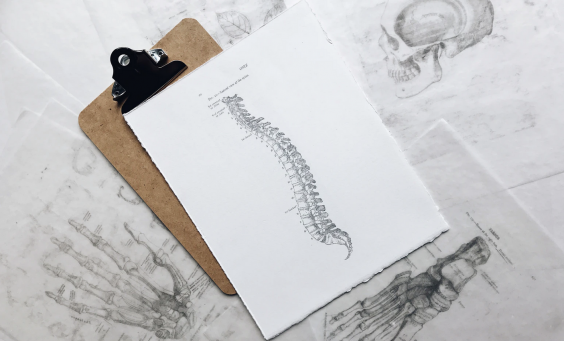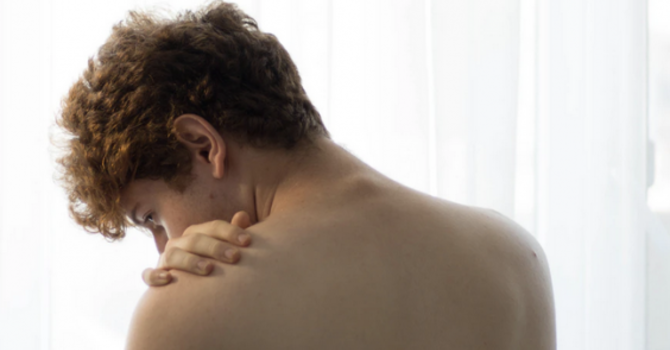
One of the most common causes of low back pain is referred to as degenerative disc disease. This is caused from the gradual breakdown of intervertebral discs in the spine.
Spinal discs are like shock absorbers between the vertebrae (bones), of your spine. They help your back stay flexible, so that you can bend and twist. When you are born, the discs in your spine are mostly made up of water. As you age, they lose water and get thinner. When discs are more flat, they are unable to absorb shocks as well. The water loss also means less cushion or padding between your vertebrae.
The stress of everyday movements and minor injuries over the years can also cause tiny tears in the outer wall, which contains nerves. Tears near the nerves can become painful. If the wall breaks down, your disc’s soft core may push through the cracks. In more severe cases, the disc may bulge or slip out of place, known as a slipped or herniated disc.
How can I tell if it may be degenerative disc disease?
- Do you have sharp or constant pain?
- Do you have pain in your lower back, buttocks, or upper thighs?
- Do you experience more pain when sitting and relief when moving around and walking?
- Do you have pain when bending, twisting, or lifting?
- Do you feel better when you change positions or lie down?
Degenerative disc disease may also cause weakness, numbness, and shooting pains in the arms or legs (radicular pain). Many patients will experience low-level chronic pain with intermittent episodes of more severe pain.
Nearly everyone’s discs break down over time, but not everyone will feel pain. If you are experiencing pain, it is important that you seek help from a physiotherapist to get you back on track.
How can a visit to your physio help?
- Exercise therapy can help relieve pain, as well as improve movement and flexibility.
- Exercises help to re-establish the normal motion and strength in the spine.
- Manual therapy can improve your joint flexibility and muscle stiffness.
- Spinal traction (a form of decompression therapy that relieves pressure on the spine) can be performed manually or mechanically. In addition to degenerative disc disease, spinal traction is also used to treat sciatica, herniated discs, pinched nerves, and many other back conditions.
- Electrical stimulation – low-level electrical signals to the spinal cord or to specific nerves can block pain signals from reaching the brain.
- IMS – IntraMuscular Stimulation – the use of fine needles to release muscular tension over the affected joints.
- Learn various stretching exercises to promote optimal spinal and hip joint mobility, as well as tight musculature in the back, buttocks, and hip areas.
- Learn various strengthening exercises to help support your disc joints.
- Learn proper posture.
Healthy eating and aerobic exercise is also key. Less body weight = easier on your spine.
Should I get surgery for degenerative disc disease?
Clinical evidence supports a concerted “physiotherapy-first” strategy for treating degenerative disc disease and low back pain. Therefore, only a minority of patients with degenerative disc disease undergo surgery. Non-surgical treatment can be very effective as long as the patient is committed to consistent treatments and home exercises.
It is recommended to only consider surgery if you have tried all types of non-surgical treatments without any luck. Plus, as with all surgeries, risks and side effects are involved.
Are you looking for help with your degenerative disc disease in Vancouver? Call us at Dunbar Physio today: 604-266-3303 or conveniently book an appointment online HERE.



